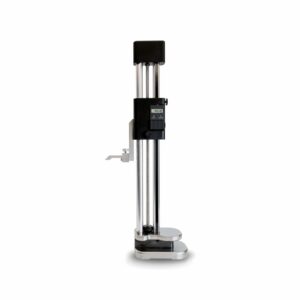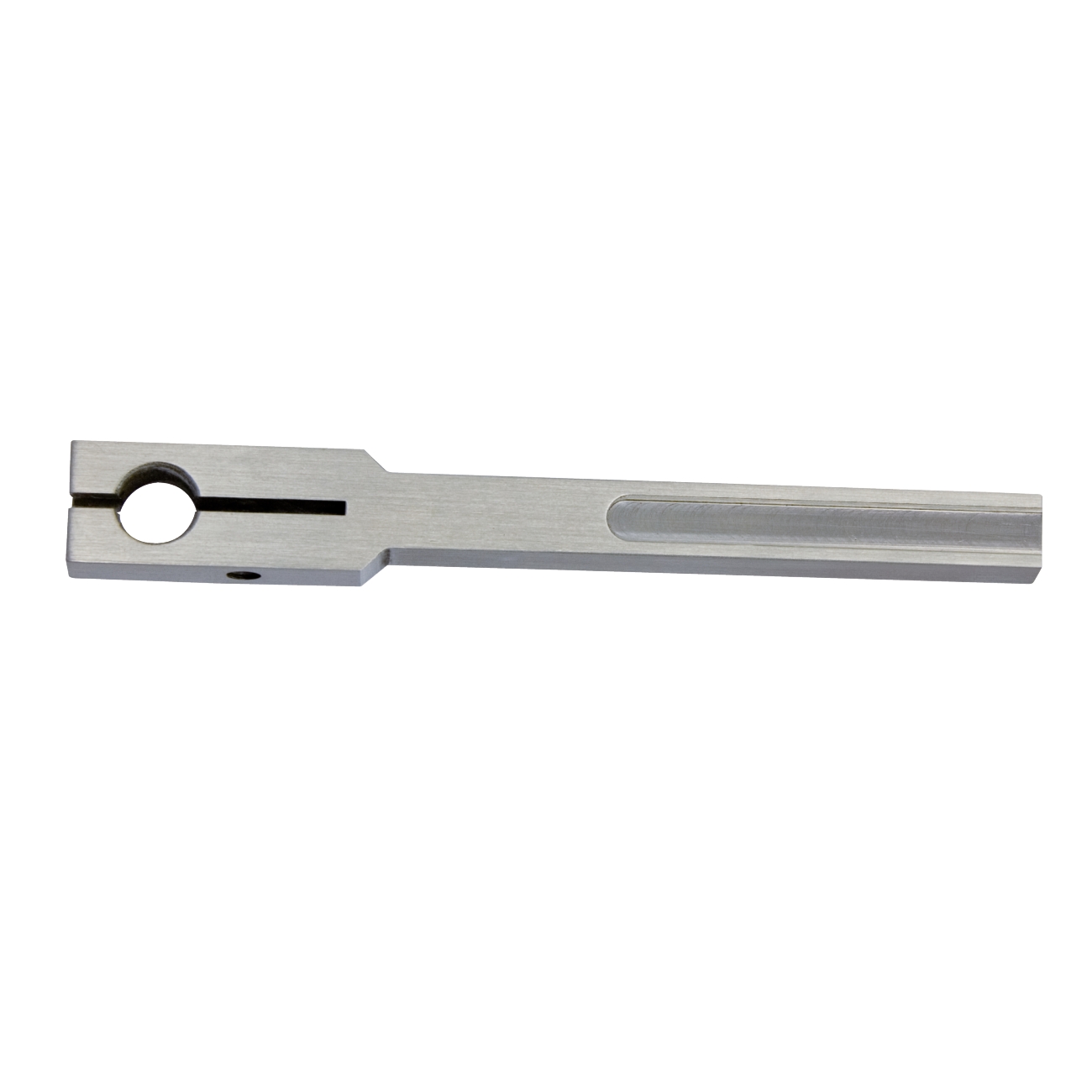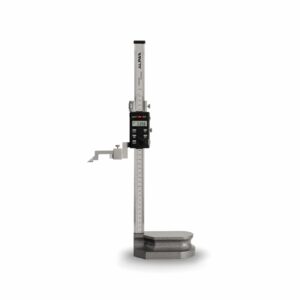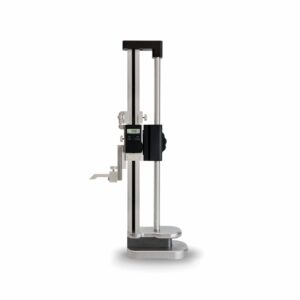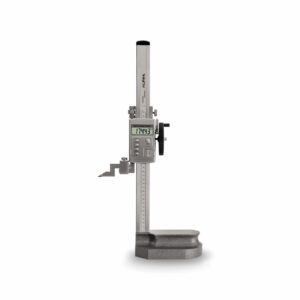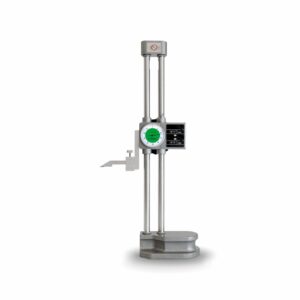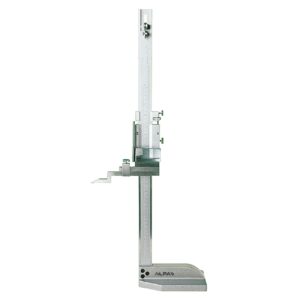Measuring instruments represent one of the most essential and versatile tools in mechanical workshops. These precision instruments are essential to ensure accurate measurements and to facilitate the work of those working in precision mechanics. In this in-depth look, we will explore in detail what chisels are, what they are used for, how they are used, the advantages of using them, and answer some of the most frequently asked questions on this topic.
Introduction to troughs
Wire cutters are measuring instruments mainly used to draw straight lines on metal surfaces. They consist of a stable base and an adjustable vertical rod, to which a marking tip is attached. Their main function is to precisely mark machining points on a workpiece, thus facilitating cutting, drilling or milling operations. Precision is a crucial element in machining operations, and the chisels are designed to ensure that every mark is exactly where it needs to be.
Use of chisels in machine shops
In machine shops, wire cutters are used for a variety of applications. One of the most common uses is the drawing of reference lines on metal parts. This is particularly important when working with components that require a high degree of precision. Wire cutters can also be used to check the alignment of surfaces or to measure the height of a workpiece relative to a reference surface.
To use a jointer, the operator must first place the base of the instrument on a flat, stable surface. Next, the vertical rod is adjusted in height until it reaches the desired point on the workpiece. The marking tip is then used to mark the surface of the workpiece, creating a precise reference line.
Advantages of using trowels
The use of cutters offers numerous advantages in machining. First of all, they guarantee a high level of precision, which is essential for the production of quality mechanical components. The ability to draw straight and precise lines allows machining errors to be minimised, thus improving the efficiency and quality of the final product.
In addition, die cutters are relatively simple to use, making them accessible even to less experienced operators. Their robustness and durability make them a worthwhile investment for any machine shop. Finally, the versatility of side cutters allows them to be used in a wide range of applications, making them an indispensable tool for anyone working in precision mechanics.
Frequently asked questions about side cutters
1. What are the most common materials used for power take-offs?
Wire cutters are generally made of stainless steel or cast iron, materials that guarantee strength and durability. The scribing tip is often made of tungsten carbide, an extremely hard material that ensures accurate and durable scribing.
2. How do I maintain a trowel in good condition?
To keep a trowel in good condition, it is important to clean it regularly to remove dust and debris. In addition, it is advisable to lubricate the moving parts to ensure smooth operation. The marking tip should be checked periodically to ensure that it is sharp and free of damage.
3. What are the differences between the various types of cutters?
There are different types of cutters, including vernier cutters, digital cutters and dial cutters. Vernier cutters offer a manual measurement reading, while digital cutters provide a more accurate electronic reading. Dial cutters use a dial to display the measurement, offering a compromise between the two.
4. Can trowels be used on materials other than metal?
Although the trowels are primarily designed for use on metal surfaces, they can also be used on other materials, such as plastic or wood, as long as the surface is hard enough to allow accurate tracing.
5. What are the alternatives to pipe cutters for drawing reference lines?
In addition to trowels, there are other measuring instruments that can be used for drawing reference lines, such as calipers and micrometers. However, pencil cutters offer a unique combination of accuracy and ease of use that makes them preferable in many applications.
Conclusion
Wire cutters are essential tools for anyone working in precision mechanics. Their ability to ensure accurate measurements and facilitate the drawing of reference lines makes them indispensable in machine shops. With proper maintenance and use, pencil cutters can last a long time and continue to offer excellent performance. Whether you are an experienced operator or new to the field of mechanics, metal cutters are a valuable investment in improving the quality and efficiency of your work.
Showing all 6 results
